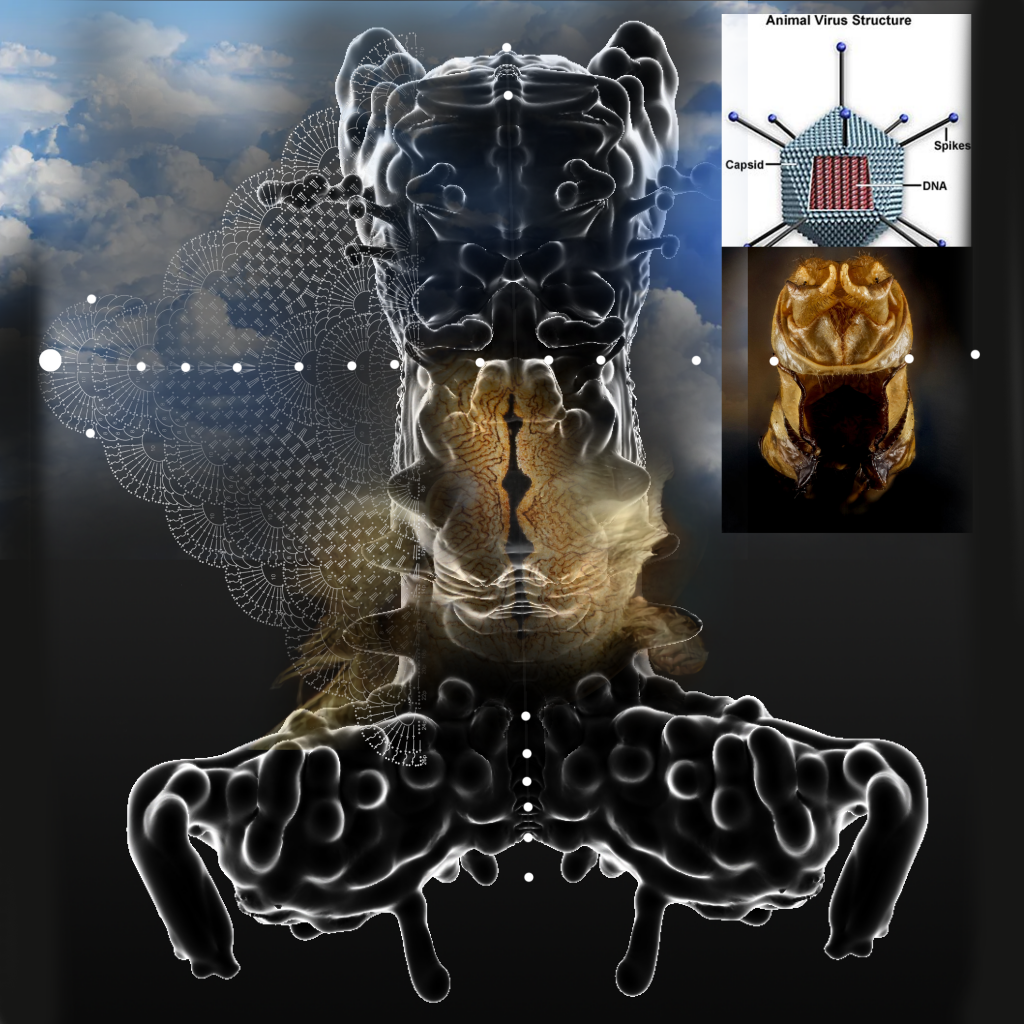
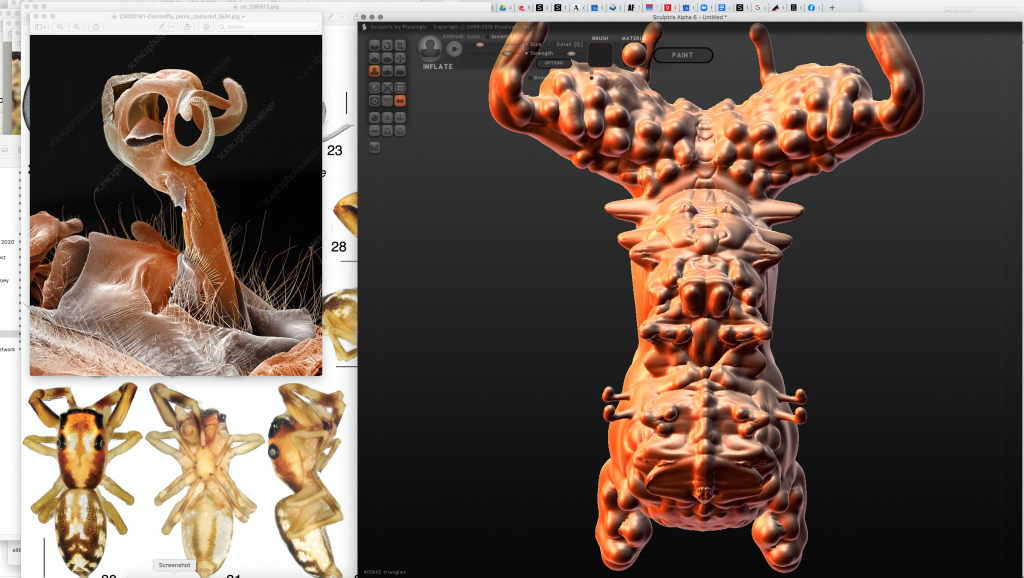
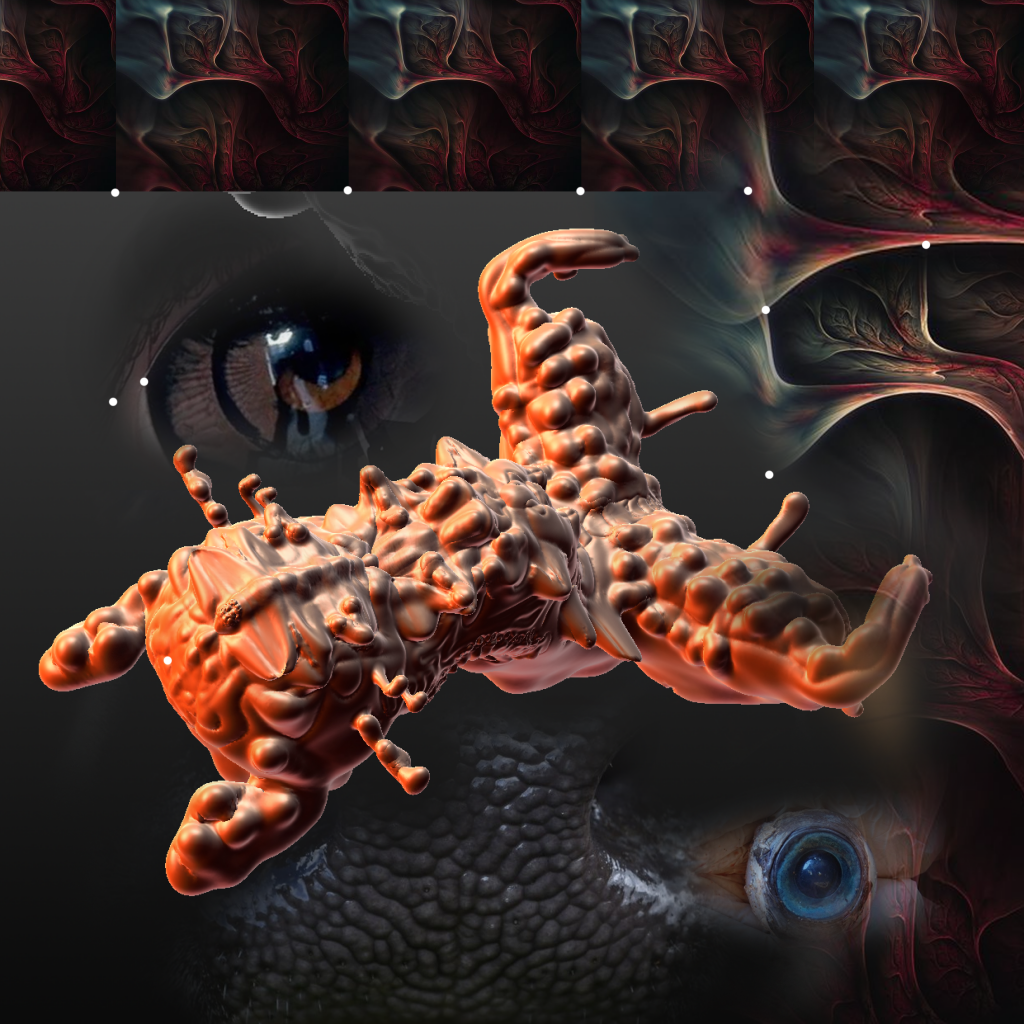
This video shows the process of sculpting a 3D model of insect genitalia of ‘Ambunticoris sulawesicus’ which was discovered and documented in 2014.




This video shows the process of sculpting a 3D model of insect genitalia of ‘Ambunticoris sulawesicus’ which was discovered and documented in 2014.

Jamie Wyld (JW): You’re one of the first four artists to take part in Vital Capacities, how do you feel about being one of the first to take part?
Joey Holder (JH): It’s great to be asked first, as I think that this means that you trust me! When things start out, you need to work on things together with regards to the set up and development, so I am grateful that I can be part of that initial structuring. I’m excited about seeing how the project takes shape.
Continue reading “Interview with resident artist, Joey Holder”
Jamie Wyld (JW): Thanks for being part of the Vital Capacities residency programme! Can you say a little about yourself and your work, perhaps in relation to what you’re thinking about doing during the residency?
Romily Alice Walden (RAW): I’m an artist working mostly with text, video and publishing. I work both individually and collectively as part of Sickness Affinity Group Berlin, a group of artists and arts workers concerned with sickness, disability and labour conditions. My work looks to the fragility of the body, the connection between the land and the body, and the socio-political ramifications of living as a sick and disabled person under late stage capitalism.
Continue reading “Interview with resident artist, Romily Alice Walden”
I started using an AI to create imagery which mashes together images by multiple authors to produce endless variations through infinite combinations. Creating hybrid visions of chimeras, phantasms and abstractions, the AI uses a biological labelling system for it’s creative process – you can ‘edit genes’ and crossbreed, as well as view the family tree of image histories and relationships. Computation strives for biological variety.
These images are difficult to identify and label, to me they look organic – like many different lifeforms mixed together. I am interested in organisms which sit outside our usual frames of reference, or that which are difficult to scientifically label. Much of life on earth hasn’t been discovered, let alone named, and I am interested in the limits of our human understanding through our technologies.
For this residency I would like to use several different viewpoints to categorise this imagery. I will do this in several ways – I will create a new pseudo-scienfic reference system, use multiple human subjects and an AI to describe them.
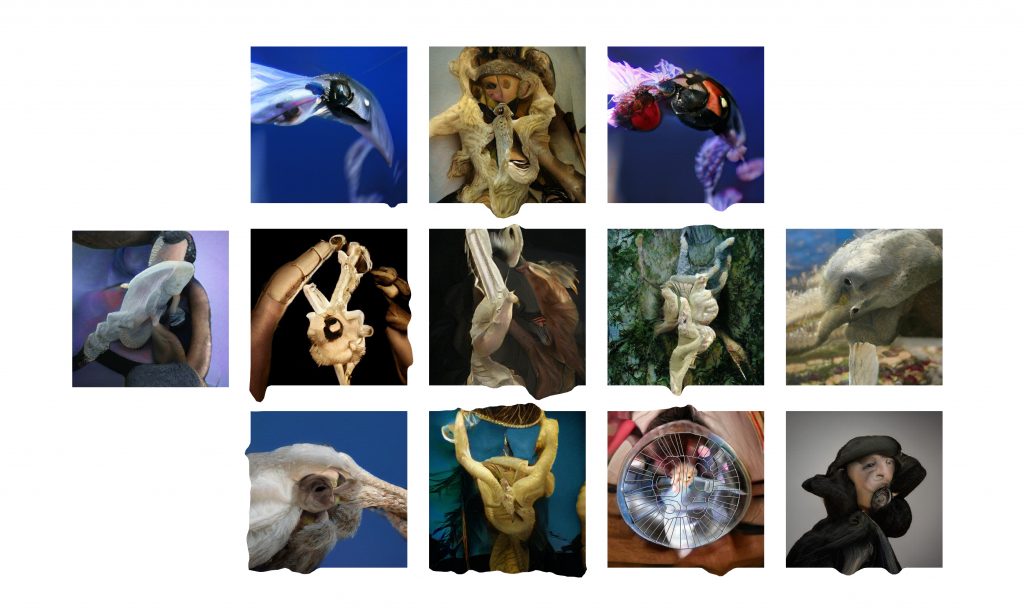
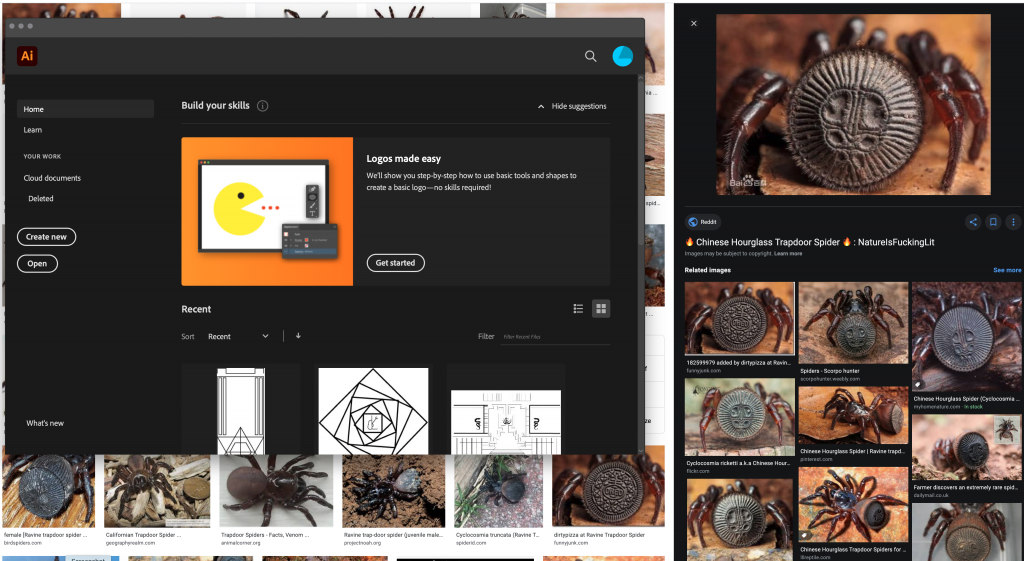
Jamie Wyld, director of videoclub & Vital Capacities talks to Daniel Locke about taking part in the residency programme.
Jamie Wyld (JW): Thanks for being part of the Vital Capacities residency programme! Can you say a little about yourself and your work, perhaps in relation to what you’re thinking about doing during the residency?
Daniel Locke (DL): Thanks for inviting me to be a part of the project Jamie! My name is Daniel Locke, I’m a graphic novelist and artist. I’m absolutely fascinated by scientists and scientific discovery, and since 2010 I’ve pursued projects that have brought me into contact with a wide range of researchers, in hugely diverse settings.
Continue reading “Interview with Daniel Locke, resident artist”
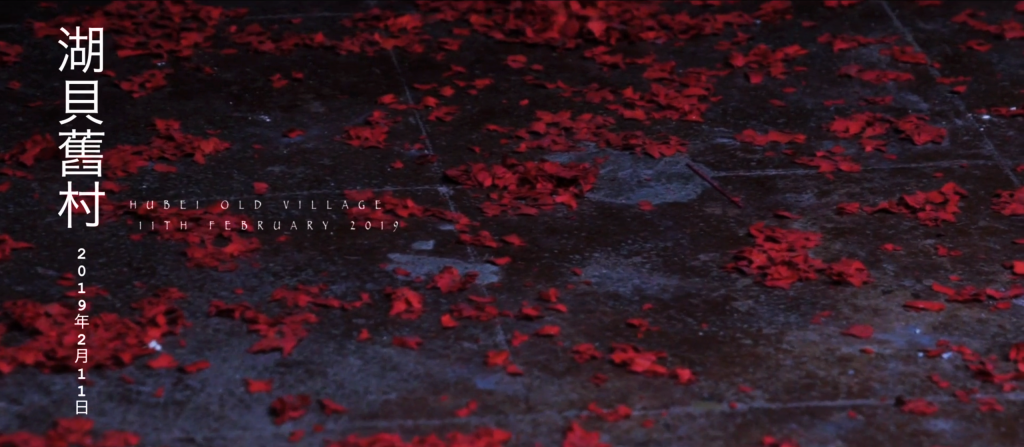
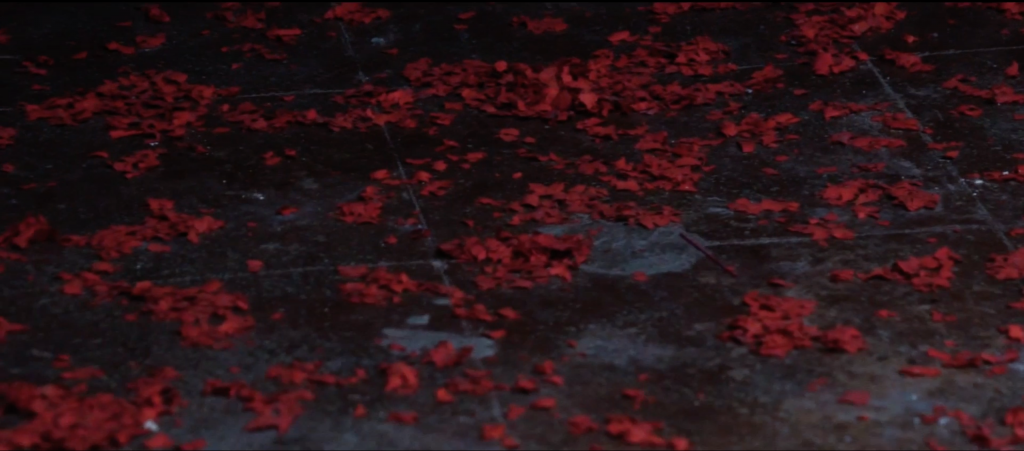
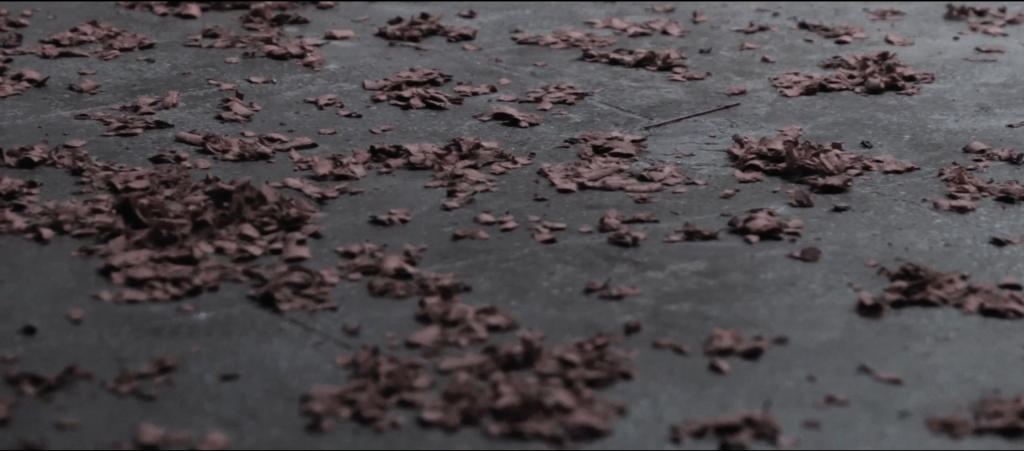
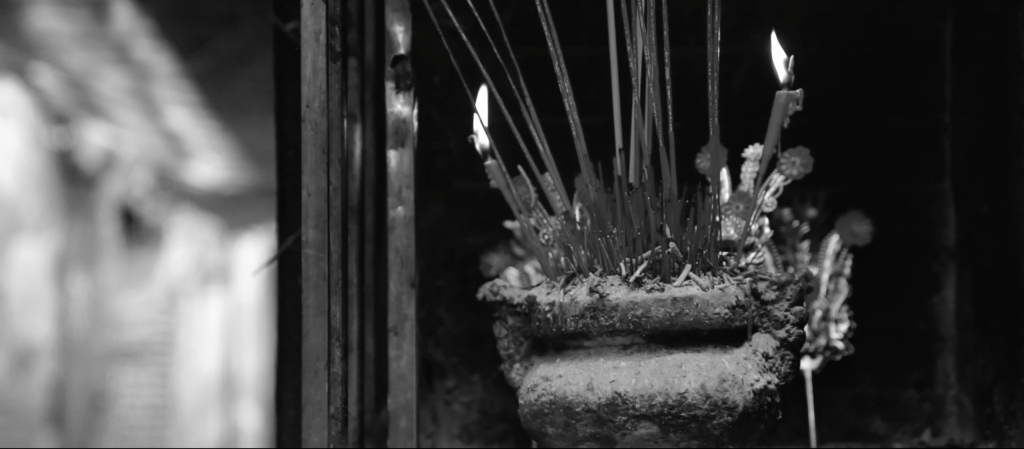
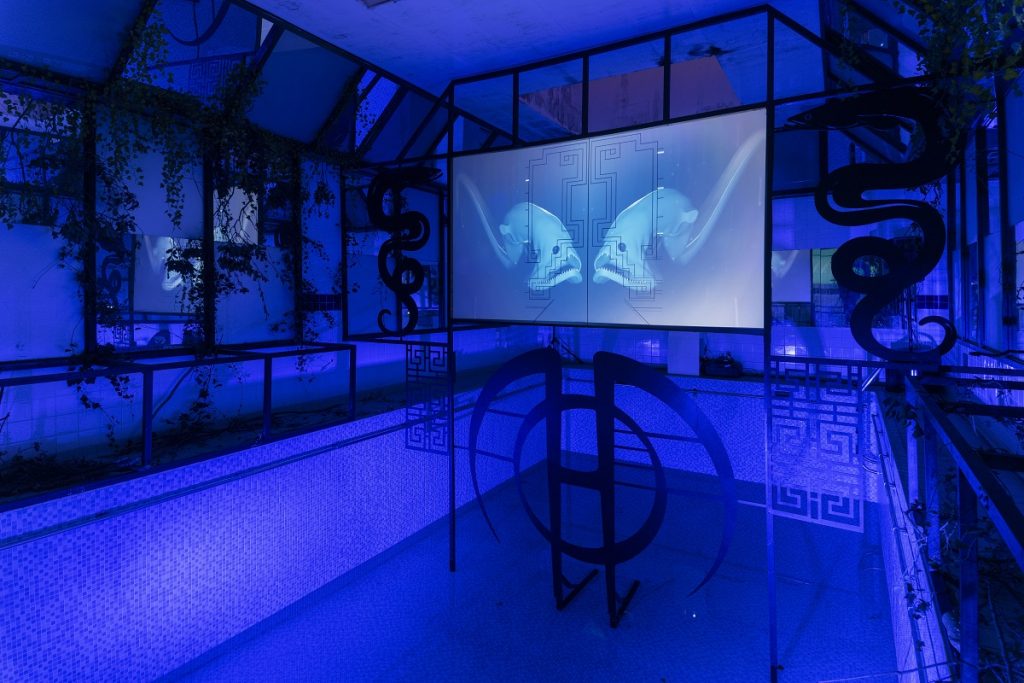
Joey Holder’s work raises philosophical questions of our universe and things yet unknown, regarding the future of science, medicine, biology and human-machine interactions. Working with scientific and technical experts she makes immersive, multimedia installations that explore the limits of the human and how we experience non-human, natural and technological forms.
Continue reading “Introducing artist Joey Holder”
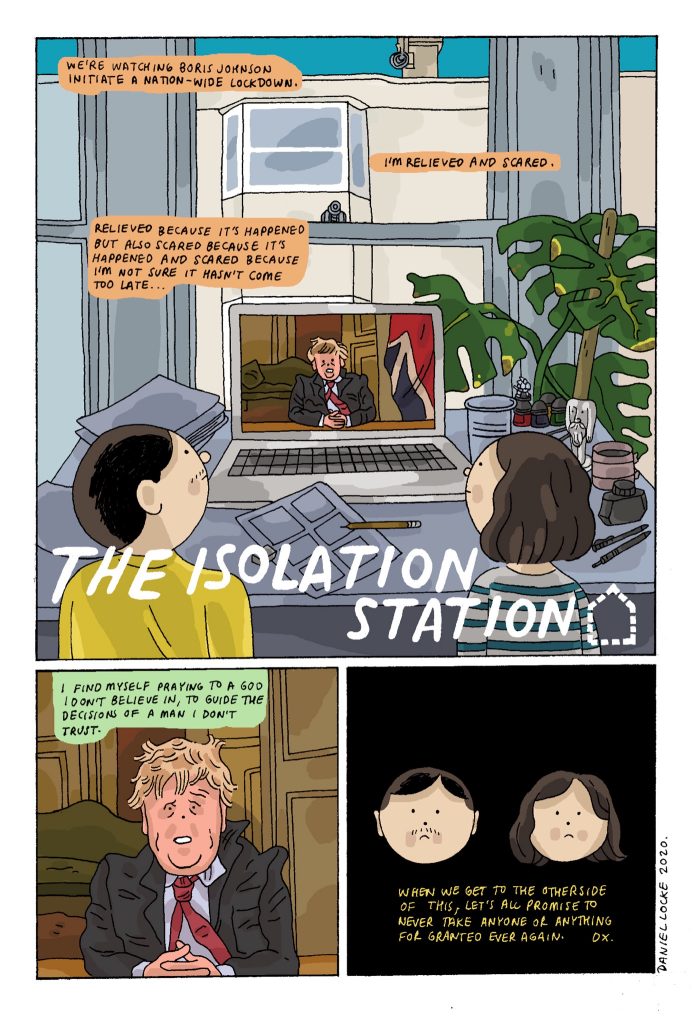
Daniel Locke is an artist and graphic novelist based in Brighton, UK. He is currently working on his second full-length graphic novel, Two Heads, a collaboration with writer Alex Frith and Neuroscientists, Uta and Chris Frith. This book will look back at the careers and discoveries of Professors Uta and Chris Frith. The book is also a survey of our understanding of how our brains work and how we know how they work. It will be published later this year by Scribner in the USA and Bloomsbury in the UK.
Continue reading “Introducing artist Daniel Locke”
We’re very excited to welcome you to Vital Capacities! Over the past 3 months we’ve been working with the four resident artists – Seecum Cheung, Joey Holder, Daniel Locke and Romily Alice Walden, plus access specialist, Sarah Pickthall and web designer, Oli Pyle to create this new, accessible space for artists and audiences.
Continue reading “Residency opening – 1 Sept 2020”
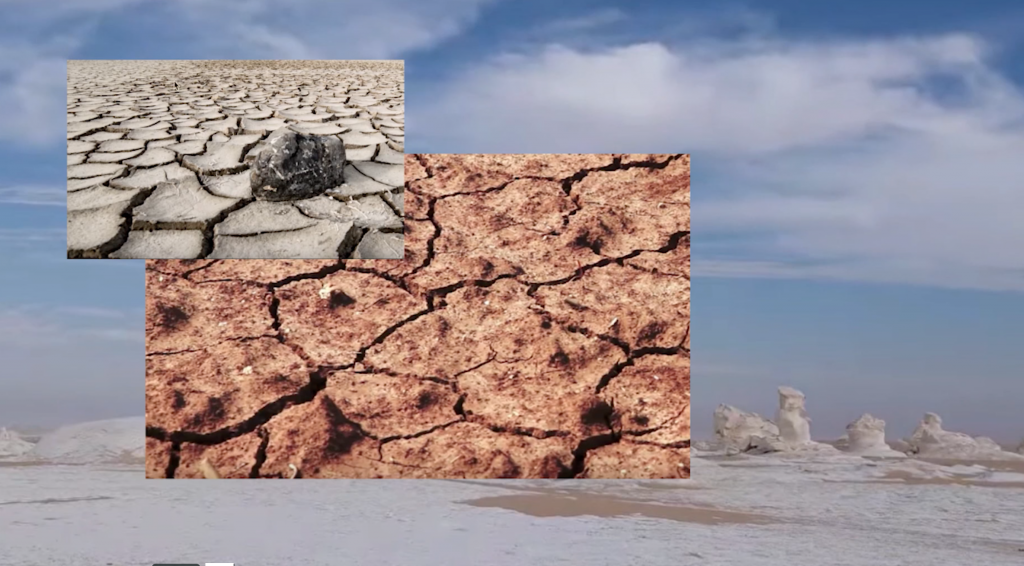
Romily Alice Walden is a transdisciplinary artist whose work centres a queer, disabled perspective on the fragility of the body. Their practice spans sculpture, installation, video, curation and printed matter, all of which is undertaken with a socially engaged and research-led working methodology.
Continue reading “Introducing artist Romily Alice Walden”
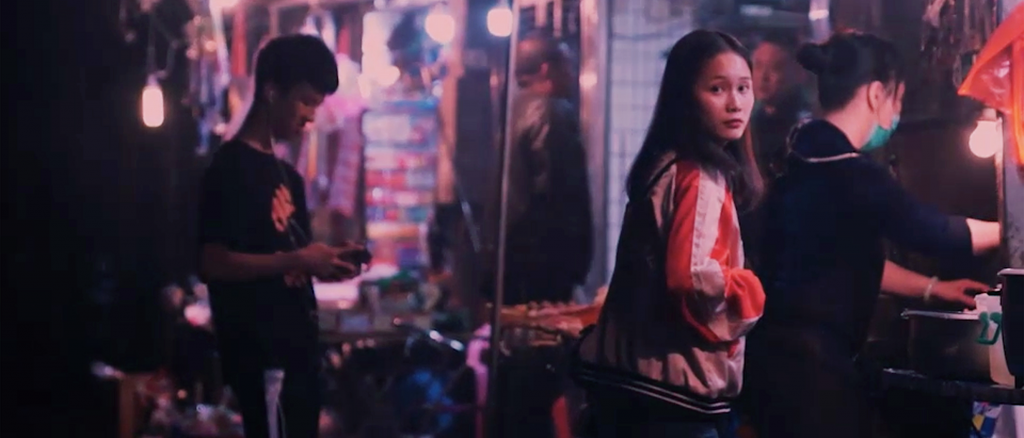
Seecum Cheung’s current work is an ongoing series of films based upon interviews and encounters initiated by the artist with leading specialists in the field of right-wing radicalism, human rights and activist groups, politicians, and affected citizens.
Continue reading “Introducing artist Seecum Cheung”